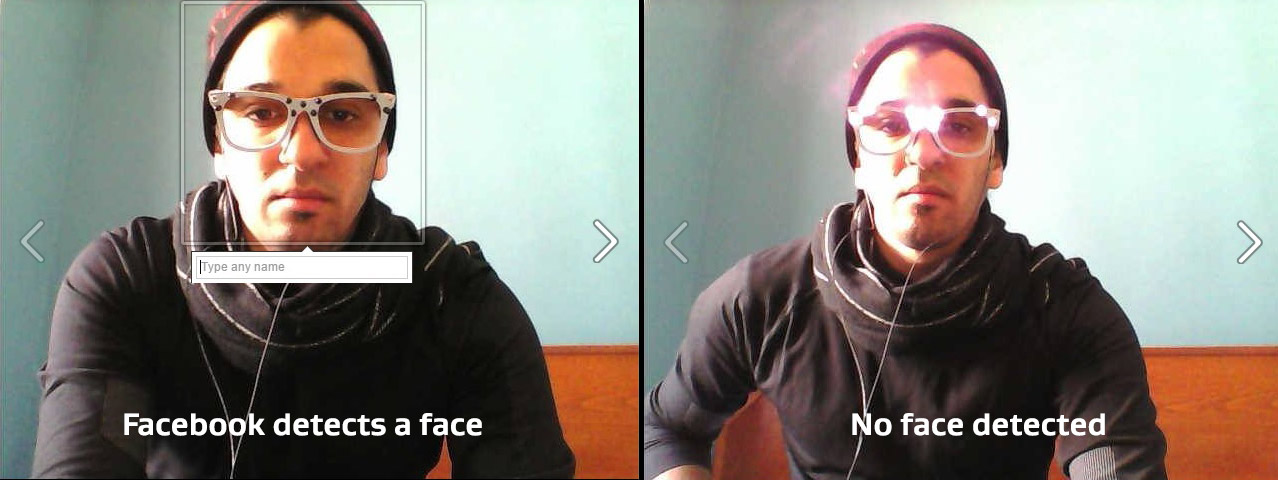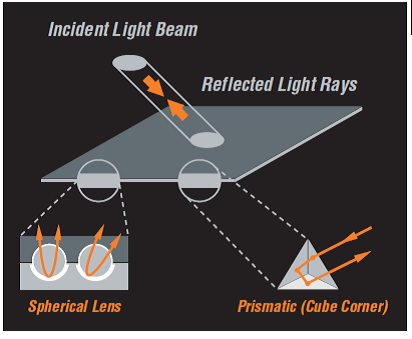Windows 10 is here and it has unleashed a wave of new features and tools for its users. One of which is Wi-Fi Sense, a multi-purpose feature designed to make connecting to the Internet a breeze from Windows Phones.
As explained on the Windows Phone feature page, it does this by:
- Automatically connecting you to crowdsourced open Wi-Fi networks it knows about.
- Accepting a Wi-Fi network’s terms of use on your behalf and providing additional info for you to networks that require it.
- Letting you exchange password-protected Wi-Fi network access with your contacts to give and get Internet access without seeing each other’s Wi-Fi network passwords.
While these are potentially convenient features to use, I have security and privacy concerns regarding their implementation.
It goes without saying, that automatically connecting to open Wi-Fi networks is a bad idea. As we’ve explained several times before, not all free or open Wi-Fi networks are secure and others can be deliberately malicious. Accessing the Internet on these hotspots can lead to your traffic being intercepted by an attacker, known as a ‘man in the middle’ attack.
Accepting a Wi-Fi network’s terms of use automatically on your behalf seems like an equally bad idea to me. Before we even consider what terms Wi-Fi sense may be agreeing to on your behalf, we don’t even know if the landing page is legitimate or encrypted.
As a human, being prompted for an email address or other personal details gives us a chance to assess the trustworthiness of a provider and make a judgement. Wi-Fi Sense takes this decision making away and will seemingly hand over your information to any network asking for it. This could be a privacy concern.
The last feature, sharing Wi-Fi passwords with your contacts is a little less concerning but it is dependent on complete trust within your contacts.
In combination with the other two features, receiving a network key from a contact could cause you to automatically connect to a malicious network and potentially put you at risk.
How to disable Wi-Fi Sense
Disabling Wi-Fi Sense is simple. On your Windows 10 device go to Settings > Wi-Fi > Wi-Fi Sense.
Tips for safe Wi-Fi Usage
When it comes to surfing the web from your phone, there are generally two things that should concern you:
Wi-Fi-Hacking: Wi-Fi hacking is the most common threat when it comes to public Wi-Fi. When you connect to an public Wi-Fi network (i.e. coffee shop, airport, or hotel), others maybe able to intercept your Internet traffic, collecting your passwords, private photos, emails, browser cookies and a lot more personal info.
Wi-Fi tracking is the second big issue. Currently specialized software solutions allow virtually anybody to use your phone’s Wi-Fi signal, to track your location and in some instances identify you. Wi-Fi tracking is even more worrying as most smartphone users have their Wi-Fi on all the time. This is increasingly an issue as retailers can use your Wi-Fi signal to track how you move around stores or around the city and even identify who you are. And that’s not all, if you keep your Wi-Fi open all the time hackers can trick your phone into connecting to a fake Wi-Fi hotspot.
At the AVG Innovation Lab in Amsterdam, we developed AVG Wi-Fi Assistant to help combat both of these problems.
VPN Technology
AVG Wi-Fi Assistant can encrypt all the data coming and going from your device helping to ensure that even if someone is snooping on your traffic, that your data is still secured.
Wi-Fi Automation
To help prevent the Wi-Fi tracking issue detailed above, AVG Wi-Fi Assistant prevents your device from automatically joining public Wi-Fi networks by turning off your Wi-Fi when you’re not using it. This helps to keep you safe from trackers.
Here is Tony Anscombe with more tips on securing your Wi-Fi connection from an Android device.
![]()
![]()



